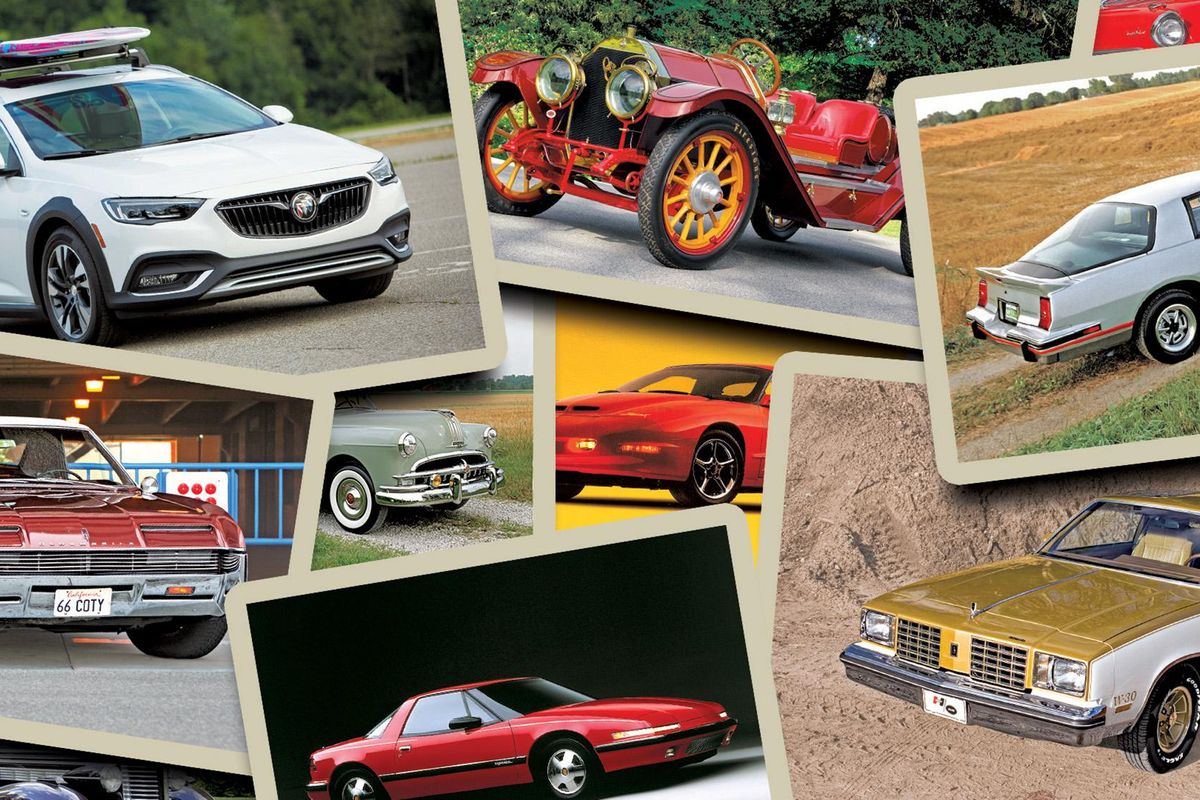Car Prototypes: Innovative Breakthroughs in Automotive Engineering
Car prototypes are initial versions of automobiles used for testing and evaluation purposes before mass production. These prototypes are crucial for assessing the design, performance, and safety features of a vehicle.
Car manufacturers invest heavily in creating prototypes to ensure that the final product meets the desired standards and satisfies consumer expectations. By meticulously analyzing the prototypes, companies can identify and rectify any flaws or defects before the cars hit the market.
This iterative process helps refine the vehicle’s design, functionality, and overall performance, resulting in a higher-quality and more reliable end product. From aerodynamics to fuel efficiency, car prototypes play a vital role in shaping the future of automotive engineering.

Credit: news.clemson.edu
1. Evolution Of Car Prototypes
Car prototypes have come a long way since the early stages of automotive engineering. With advancements in technology, car prototype development has become a crucial part of the automotive industry. Engineers constantly strive to improve and innovate, pushing the boundaries of what is possible.
These prototypes allow manufacturers to test new features, designs, and technologies before full-scale production. From the first crude mockups to the highly advanced models of today, car prototypes have played a significant role in shaping the vehicles we drive. They have paved the way for safer, more efficient, and more technologically advanced cars on our roads.
The evolution of car prototypes showcases the progress made in the automotive industry over the years, reflecting the dedication and ingenuity of engineers in creating the cars of the future.
2. Top Features Of Modern Car Prototypes
Modern car prototypes are equipped with advanced features like the integration of ai and machine learning technologies. These technologies enhance the overall driving experience by providing intelligent assistance and improved safety. The integration of ai allows the car to learn from the driver’s behavior and adapt to their preferences, making every journey personalized.
Car prototypes also come with advanced safety systems that ensure the driver and passengers are protected at all times. These systems include features like automatic emergency braking, lane-keeping assist, and adaptive cruise control. Furthermore, sustainable power sources are a key feature of modern car prototypes.
Electric and hybrid cars are becoming more popular, reducing carbon emissions and promoting environmental sustainability. These prototypes showcase the future of automotive technology, combining cutting-edge features with eco-friendly design.
3. Future Trends In Car Prototypes
The future of car prototypes is promising with trends towards autonomous driving capabilities, electric and hydrogen-powered vehicles, as well as customizable and adaptive designs. These advancements are revolutionizing the automotive industry, offering a glimpse into what lies ahead. Autonomous driving capabilities are transforming the way we commute, enhancing safety and efficiency on the roads.
Electric and hydrogen-powered vehicles are paving the way for sustainable transportation, addressing the environmental challenges we face. Additionally, customizable and adaptive designs allow car owners to personalize their vehicles and optimize functionality. With these future trends, car prototypes are evolving to meet the demands of a rapidly changing world, offering an exciting glimpse into the possibilities of tomorrow’s automobiles.
Conclusion
Overall, car prototypes play a crucial role in the ever-evolving automotive industry. They are the stepping stone towards groundbreaking advancements and innovations. These prototypes allow manufacturers to test and refine their ideas, ultimately leading to the production of safer and more efficient vehicles.
The development of car prototypes also goes hand in hand with the growing demand for sustainable transportation solutions. As the industry moves towards electric and autonomous vehicles, prototypes help to push the boundaries of technology and pave the way for a greener future.
With each new prototype, engineers and designers bring us one step closer to the cars of tomorrow. So, while we may not see these prototypes on our roads, their impact on the automotive industry is undeniable. Car prototypes are the catalysts for change, shaping the future of transportation for generations to come.






Post Comment
You must be logged in to post a comment.